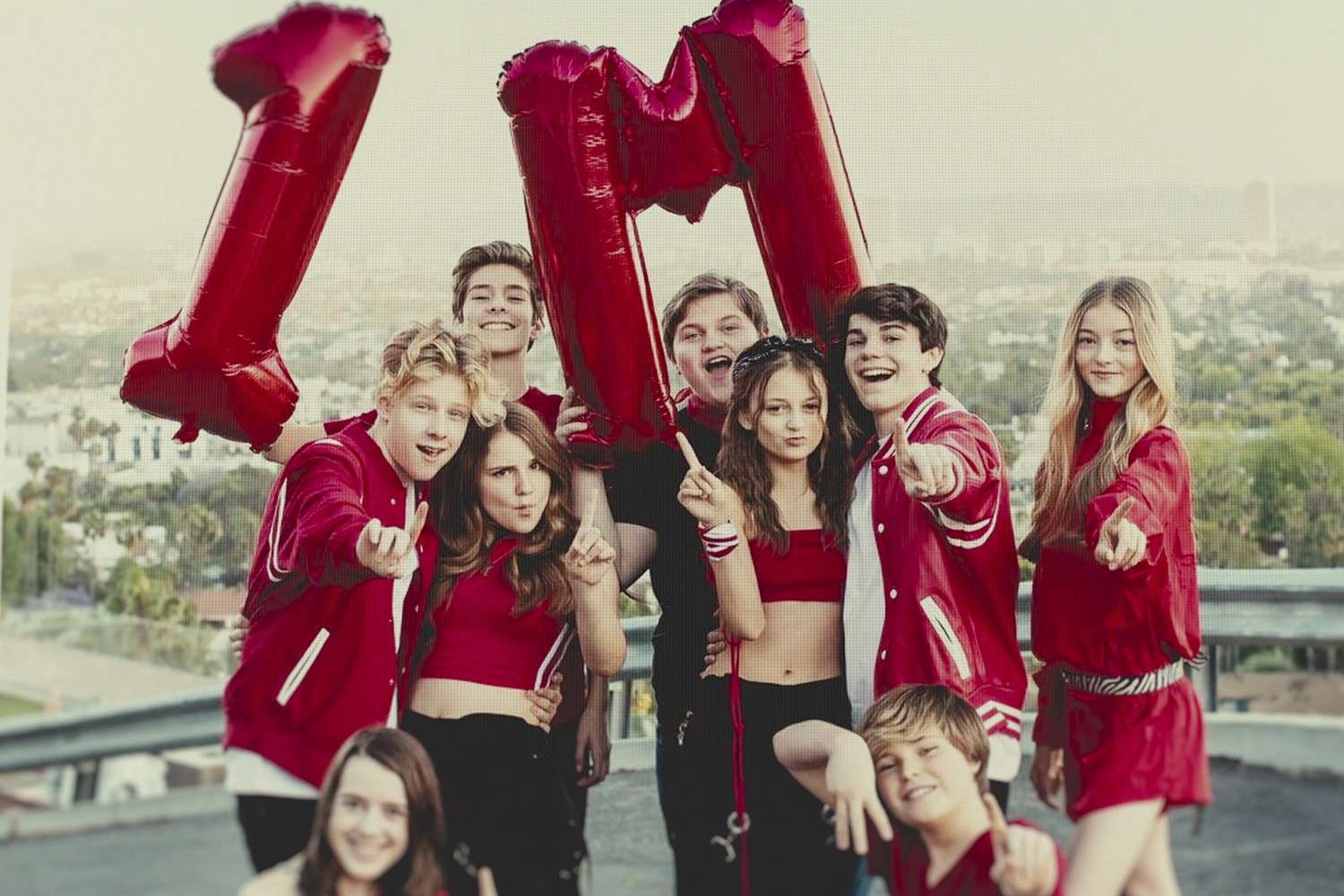The Dark Side of Kid Influencer Fame: Netflix Exposes It, California Regulates It
The new Netflix docuseries Bad Influence: The Dark Side of Kidfluencing isn’t just a clicky title—it’s a gut-punching wake-up call. If you’re the parent of a young actor (or influencer-in-training), you owe it to yourself to watch it with clear eyes and a sturdy seatbelt. Because the glitter of internet stardom? Turns out, it can hide some very sharp edges.
And just as Bad Influence pulls back the curtain on what really goes on behind some viral content houses, California lawmakers are scrambling to catch up—updating protections originally built for Hollywood sets to now include the algorithm-addicted world of YouTube and TikTok.
Let’s break it all down—what the documentary showed us, what’s happening legally, and why parents in the entertainment space need to be more informed than ever.
Part 1: What Bad Influence Tells Us
At the center of the Netflix series is Piper Rockelle, a teenage YouTuber who amassed over 10 million subscribers with her Gen Z pink-and-prank content. But it’s not the success that the documentary focuses on—it’s the dark cloud behind the ring lights.
Former collaborators allege a household filled with manipulation, sexual harassment, and exploitation—spearheaded by Piper’s mother, Tiffany Smith, who was simultaneously parent, manager, and content producer. A $22 million lawsuit filed by 11 former members of Piper’s “Squad” was settled for $1.85 million in 2024. No criminal charges were filed, but the damage—emotional and reputational—is laid bare on screen.
It’s messy. It’s exploitative. And it’s far from unique.
The show doesn’t just examine one family—it confronts the entire ecosystem that allows this kind of labor and lifestyle to happen without oversight. And when the “set” is your living room and the “crew” is your circle of tween friends, the usual boundaries between work and life get completely erased.
Part 2: What the Law Is (Finally) Catching Up To
Historically, child actors in California have been protected by the Coogan Law, which requires 15% of a minor’s earnings to be held in trust until they turn 18. It was created after silent film star Jackie Coogan’s parents spent his earnings on fur coats and mansions.
But that law never covered social media influencers—until now.
In 2024, California passed AB 1880 and SB 764, groundbreaking legislation that:
Extends Coogan-style protections to child influencers
Requires parents to set aside a portion of income from monetized content
Demands platforms like YouTube and TikTok provide reporting mechanisms for child labor violations
Clarifies that when a child appears in monetized content regularly, it’s considered labor
Coogan Protection
Now applies to kids in monetized content on YouTube, TikTok, Instagram, etc.
If your kid is part of a monetized channel, even if it’s “just for fun,” and they appear in 30% or more of the content—they now have legal rights. And you, the parent, are now legally responsible for ensuring those protections are upheld.
Part 3: The Influencer-to-Actor Pipeline: Helpful or Harmful?
Now here’s the kicker—and something I see weekly as a youth talent manager:
Parents think a viral social following will be a golden ticket to Hollywood. And yes, sometimes that visibility helps. But it can also work against young actors in shocking ways.
Here’s the truth:
Talent Reps may be intrigued by your numbers but will doubt your training.
Casting may bring you in for your reach, but typecast you based on your content.
Producers might not take you seriously, assuming you’re “just another TikToker.”
As I often tell my clients: Being famous on the internet is not the same as being respected in the industry. And when the two identities clash, the child gets caught in the middle.
Addison Rae, influencer to actor.
What Parents Should Actually Be Doing
Whether your kid has 2 followers or 2 million, here are the actions I recommend:
Separate “play” from “career.” If your kid is making content, decide clearly if it’s just for fun or part of a professional path. Don’t let the camera blur that boundary.
Create content that aligns with acting goals. Avoid over-the-top pranks, fake personalities, or “clickbait-y” trends if your long game is serious TV and film. Authenticity matters.
Don’t skip training. Social media does not replace real acting technique. A bold reel with grounded performances will beat a million views any day.
Read contracts. Influencer agencies are now courting kids as young as 9. Know what you’re signing. A manager (like me) can help you vet.
Respect their childhood. Protect your child’s time, mental health, and identity. They’re not content. They’re human.
FAQ: The Child Influencer Era, Explained
Q: Is being a kidfluencer illegal now?
Not at all. But if your child is working regularly on a monetized channel, California law now considers that employment. Protections are required.
Q: Do I need to open a trust account if my kid’s in YouTube videos?
If your child appears in 30% or more of your monetized content (even on family vlogs), you’re now legally required to put 15% of their earnings into a Coogan-style trust.
Q: Will a big following help my child get cast?
Maybe. But many casting directors now roll their eyes at kids with influencer backgrounds—especially if their online content is cringey, fake, or poorly produced.
Q: What’s the biggest red flag from the Netflix doc?
Parental overinvolvement with no outside oversight. When Mom or Dad is also the manager, editor, and brand rep, there’s no protection if things go wrong.
Q: How to transition from social to screen?
Get real training. Build a legit resume. Trim down the gimmicky content. And if possible, start fresh with a separate account focused on performance—not pranks.
Fame is not the goal.
A sustainable, safe, and joyful career is. Netflix’s Bad Influence and California’s new laws are both shouting the same thing:
Protect the kid. Not the content.
And here at Child Actor 101, we’ve got your back every step of the way.







